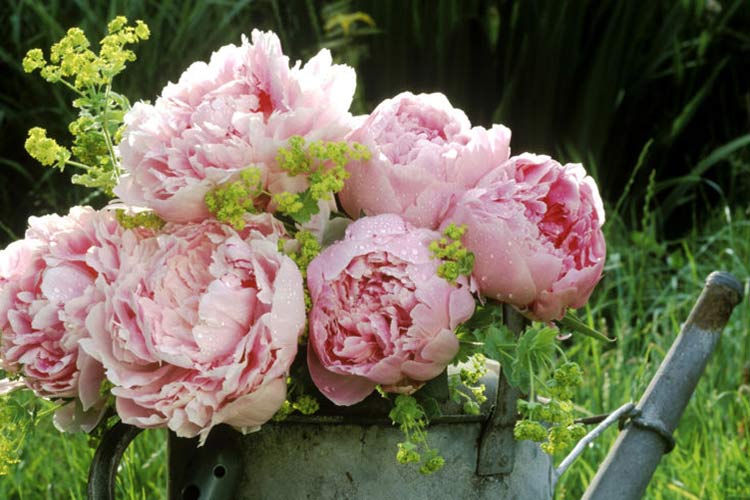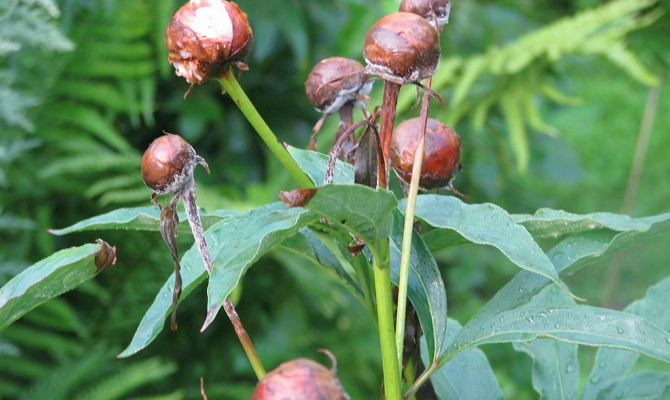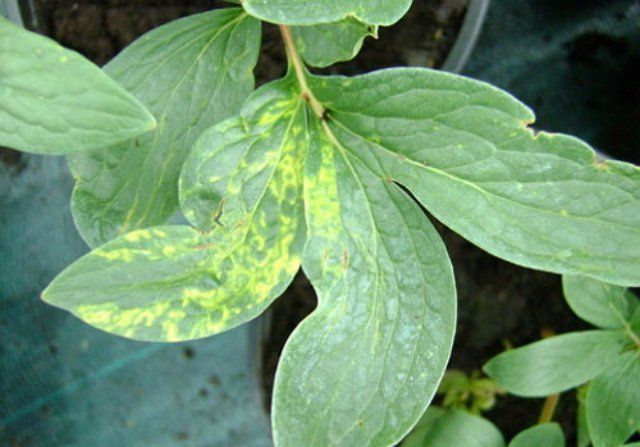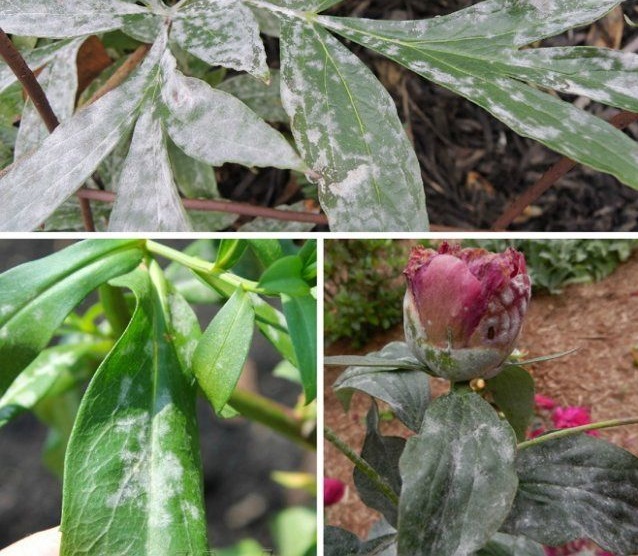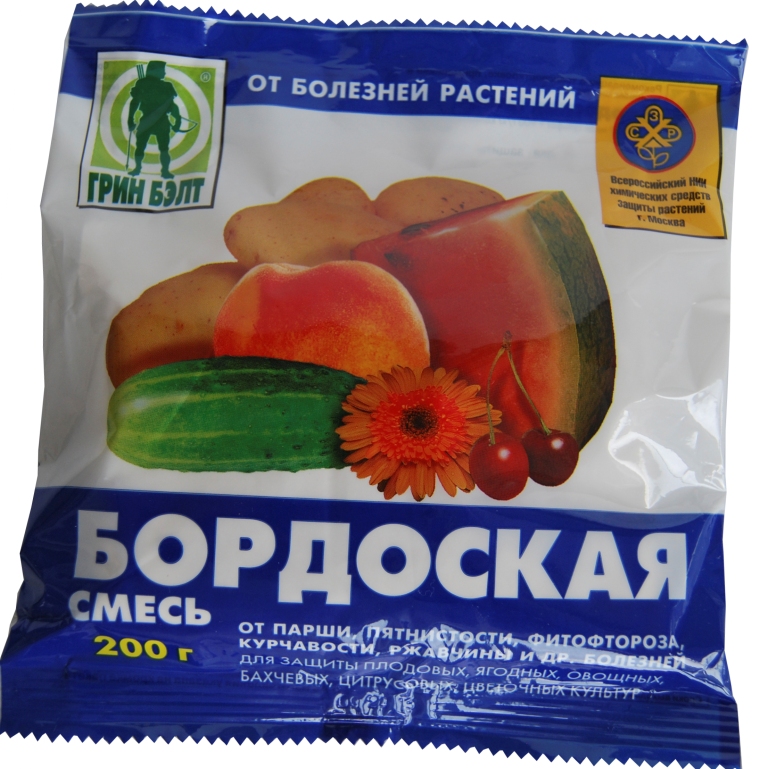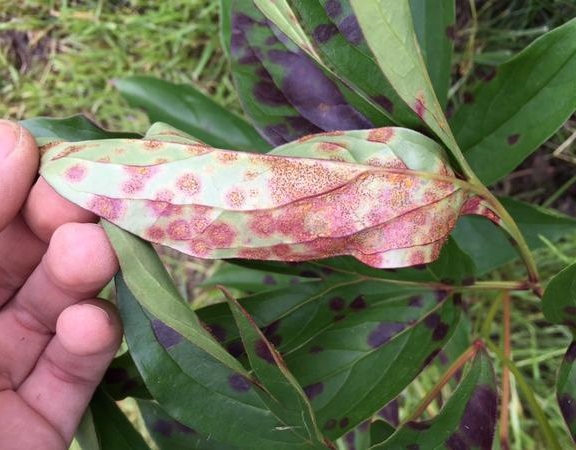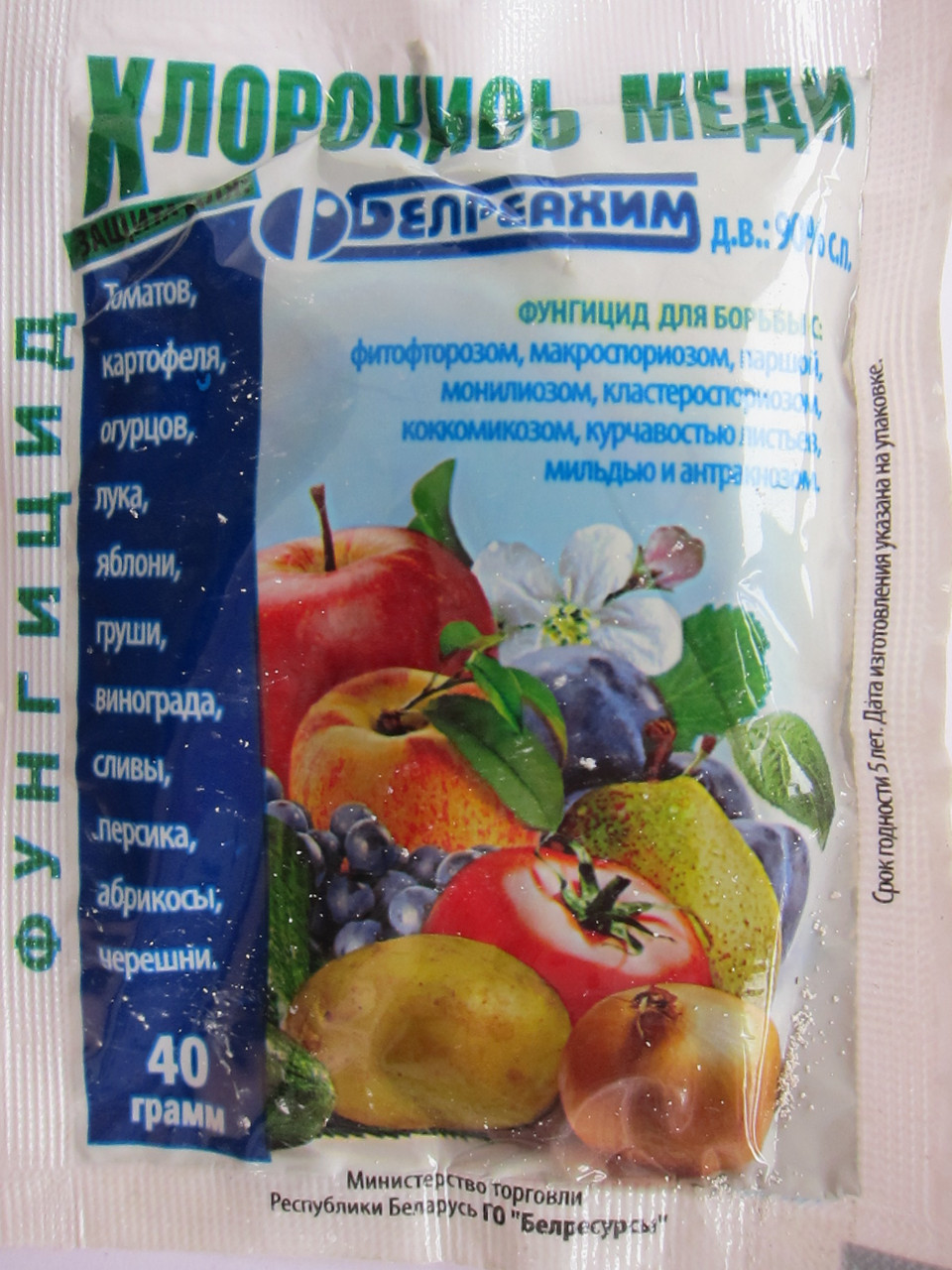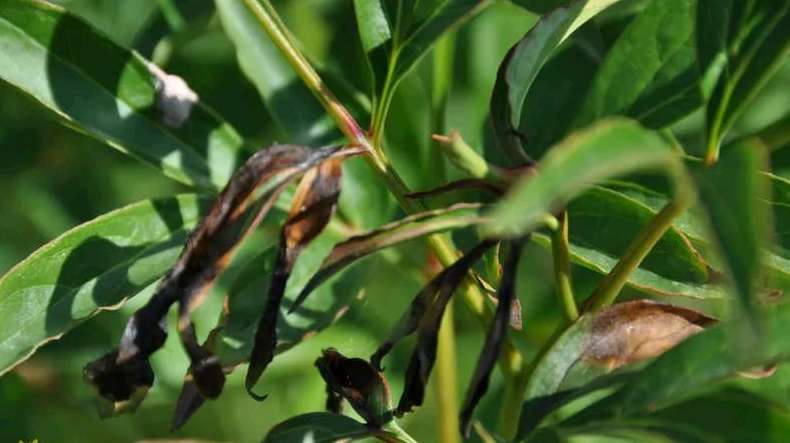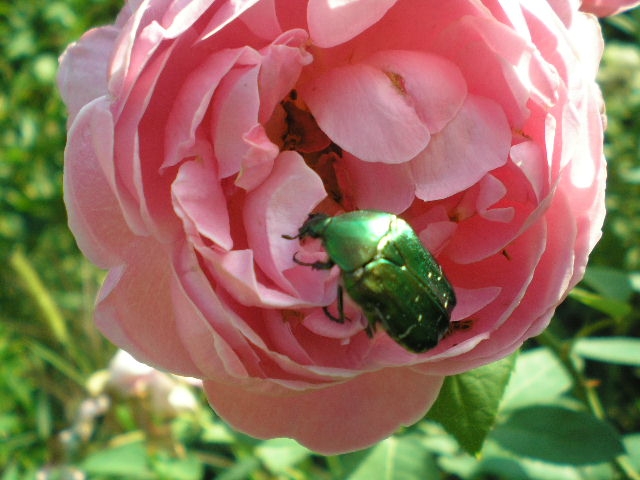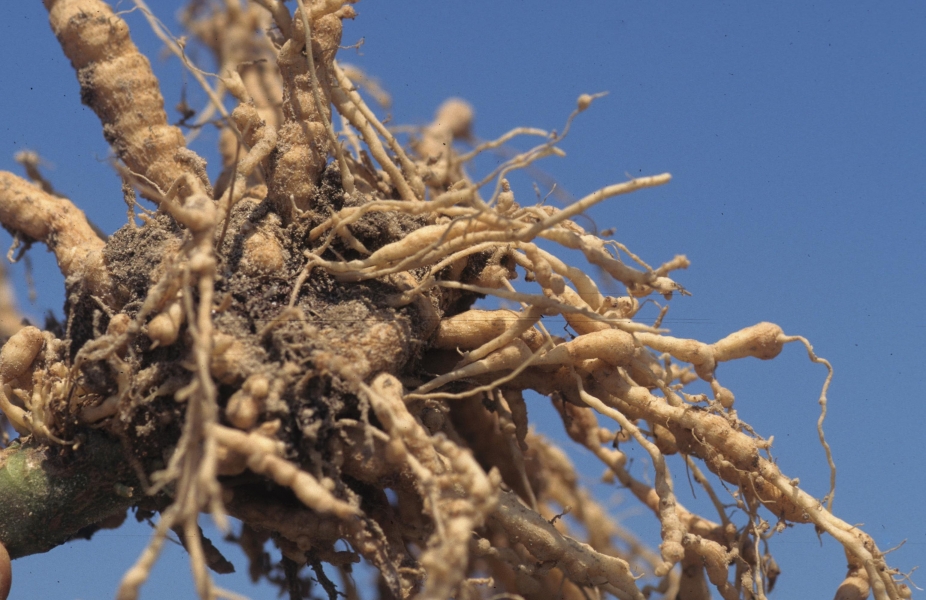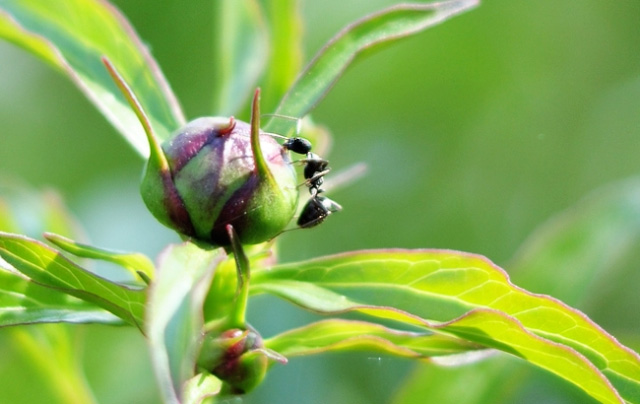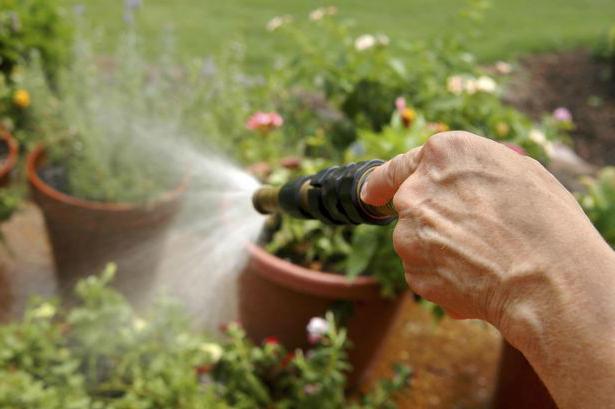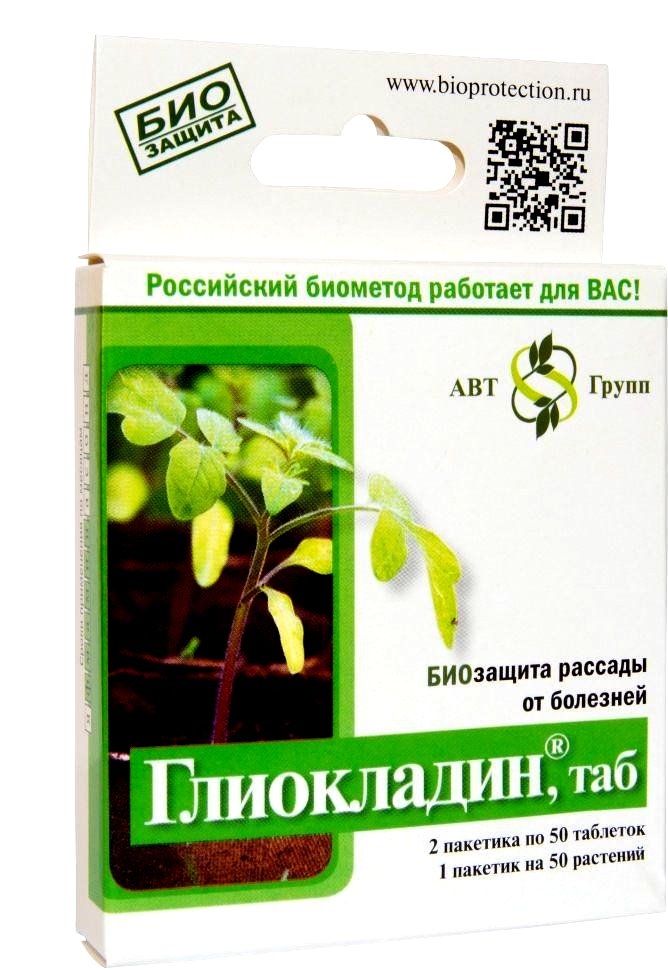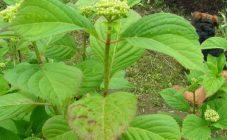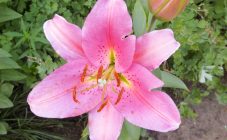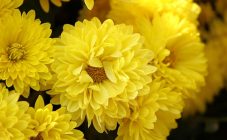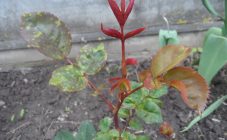Content:
Peonies delight in spring with bright flowering. In the Middle Kingdom, where the flower comes from, the plant is cultivated as a medicinal plant and is used in landscape design. It is believed that the peony protects from evil spirits and has magical qualities. The light-loving plant is easy to care for, but it is important to monitor its health.
Diseases of peonies
Often, peonies are exposed to viral or fungal phyto-diseases.
Common infections that cause fungus include:
- rust;
- gray rot;
- types of spots.
The ring mosaic of foliage belongs to viral pathologies.
Among the harmful insects that like a peony are:
- ants;
- aphids;
- caterpillars;
- bronze.
Causes
High humidity provokes fungal diseases of peonies. Infection of peonies with gray rot occurs during unfavorable weather during the spring and summer seasons. Humidity and heat are the main causes of rust. The danger of fungus is increased by an excess of nitrogen and thickening of the plantings.
Meteorological conditions do not play a special role on the growth of viral ailments.
It is generated by:
- proximity to diseased vegetables and fruit plants (tobacco, raspberries, cucumber);
- contact with garden tools;
- contact with the ground;
- spread by parasites.
Symptoms
Gray rot is a dangerous fungal disease that completely affects the flower. It is found early on sluggish young branches in early spring. Later, the formation of gray plaque on various organs of the culture and brownish spots on peonies around the peduncle in the zone of the root collar are added to the symptoms.
They recognize rust on peonies by brown or reddish spots on the foliage, which consist of fungal spores. Powdery mildew is indicated by a white bloom at the top of the leaf plate of adults.
Treatment
It is important to start therapy for infected plants on time. Rust is dangerous because the spread of fungal spores occurs with the movement of the wind and generates infection of other crops. Timely removal and elimination of diseased foliage, spraying of bushes with 1% Bordeaux mixture are appreciated. The liquid is used to spray the peonies in the spring to prevent gray mold infestation. For prevention, they fight against ants - carriers of the disease. If an infected area is found on the bush, it is immediately cut out and destroyed, the peony is sprayed with a suspension of Tiram (0.6%).
Powdery mildew is resisted by spraying plants with sodium carbonate solution (0.5%). Peonies are processed twice, observing a 10-day break between procedures. Figon's solution (0.2%) is effective in fighting powdery mildew.
Diseases for which viruses are responsible are not cured. Affected peonies or areas are removed from the flower bed and destroyed. In such a situation, the main method of struggle is prevention. It is required during the growing season to weed out weeds in the front garden - a focus of infection.It is necessary to keep garden tools clean: be sure to disinfect with a solution of potassium permanganate after pruning diseased flowers.
It is important to remember about pests, which are the cause of the development of viral pathologies. Therefore, they take timely preventive measures and treat the plants with pesticides.
Peony disease
Like garden plants, peonies get sick. Sometimes phyto-diseases have a viral or fungal breed. It is important for flower growers to understand the diseases of peonies and in their treatment, especially when rolling the leaves.
Watching the video will allow amateur flower growers to understand the causes of the ailments of peonies and take adequate measures to heal them.
Gray rot
The development of gray rot usually occurs at the end of spring. In the process of illness, foliage loses its freshness, mold appears everywhere.
Manifestations
- brown spots on peony leaves, wilting and drying of plants;
- the appearance of a grayish coating on dark spots in conditions of warmth and humidity;
- the acquisition of a bloom of a black shade at the bottom of the stem and its break-off and fall;
- decay of buds, flowers, shoots.
Causes
- separation of fungal spores by color;
- excessive humidity, shaded plantings, poor ventilation;
- surplus nitrogen fertilization.
The disease threatens the entire plant: branches, leaves, buds are infected. The diseased flower sneezes and dies. Damp bad weather conditions the rapid spread of gray rot.
Treatment
The affected areas are immediately excised and destroyed. At the onset of the spring season, the bush is treated with 1% Bordeaux mixture.
Ways to preserve flower health include prevention:
- choose varieties that are not susceptible to harmful microorganisms for cultivation;
- planted in a lighted flower bed with permeable and loose soil away from trees and shrubs;
- when planting, check the roots and remove rotten roots with a sharp disinfected device, lubricate the wounds with brilliant green or sprinkle with charcoal;
- warm up the root system of peonies for 10-12 minutes in water heated to +60 .. + 70 ºC, dry, then plant in the holes, sprinkling with ash;
- avoid the introduction of nitrogen after flowering plants;
- carry out a short pruning of peony shoots for the winter;
- periodically loosen the soil.
In the fight against peony rot, they resort to fungicides:
- Soon and Pure Blossom;
- Mikosan and Maxim;
- Vectre and Planrizu.
Rust
If the leaves on the peony turn red, and a bloom has appeared, the plant suffers from rust.
Manifestations
- damage to the leaves: the formation of brown uneven spots, and on the underside of the leaf - pads with fungal spores;
- redness of the leaves;
- premature bushes turn yellow and dry;
- winter badly;
- grow poorly next year.
If measures are not taken, the disease is quickly transmitted to other cultures. With the flowering of peonies, the disease progresses. Fungi of this type have increased cold resistance. With the arrival of spring, rust doubles its activity and can destroy an entire flower garden.
Causes
The rust fungus is responsible for why the leaves of peonies turn red. It develops in the middle of summer on a pine tree, where it stays on its legs and hibernates.
Treatment
It is useful for summer residents to know why a peony has red leaves and what to do in this case. The following measures are taken:
- remove the affected leaves;
- collect and burn vegetation waste;
- dig deep into the soil;
- in early spring, when shoots appear, the upper 2-3 cm layer of earth is removed and fresh soil is poured, which is mixed with sand;
- sprayed with a solution of ammonia or tar soap: for 10 liters of liquid 3 tbsp. l. facilities.
If the disease intensifies, use fungicides:
- Bordeaux liquid, which is prepared from 10 liters of water with the addition of 100 g of lime and copper sulfate;
- colloidal sulfur (100 g per 10 liters of water);
- copper chloride (per 10-liter bucket 40 g).
Rolling the leaves
Peony bushes react sharply to watering.Lack of moisture or excess has a negative effect on the culture: the leaves of the plant can curl, or root rot develops.
Causes
- insufficient illumination;
- potassium deficiency in the ground or soil voids;
- damage to the roots by harmful insects;
- exposure to viruses and fungi.
Treatment
Sometimes it is difficult to find out why the leaves of peonies suddenly curl and what to do. If foliage curls in the absence of damage and stains, the reason lies in improper care of the plant. You should not use chemical preparations, it is enough to tweak the care of the peony.
If you twisted the leaves of a peony, and the rhizome turns black as a result of the disease, then:
- when transplanting bushes in September, diseased roots are removed, carefully cut off rotten root areas;
- sprinkle the cuts with coal powder, which is mixed with Fundazol or sulfur in a 2: 1 ratio;
- carry out a 30-minute sanitization of the root system using chemicals: 1% copper sulfate, 1% TMTD, 2% Fundazole or a mixture of 0.6% TMTD and 0.2% Fundazol;
- when planting, they try not to deeply deepen the rhizomes and cuttings, spilling with a mixture of Tsineb and Fundazol or TMTD;
- during the growing season, Fitosporin-M and Alirin-B, Gamair and Aktofit are used.
Pests of peonies and the fight against them
When peonies are left unattended, the bushes are attacked by harmful insects. Photos will help establish how to deal with pests and improve peonies.
Bronze beetles
The beetle has a yellow back with a golden tint. The period of activity of the parasite falls in May and lasts until August. It eats petals, tree branches, peony foliage.
What to do
To get rid of bronzers requires:
- Loosen the soil at the end of the summer season, when the parasites pupate.
- Every day in the morning, beetles are collected by hand.
- In the budding phase, the bushes are sprayed with infusion of tomato tops or with chemical preparations.
Gall nematodes
Pests are characterized by predominant damage to plant roots. Nematodes are recognized by nodular swellings where small worms are located.
What to do
To prevent parasites from harming other individuals, you will have to:
- eliminate and burn infected peonies;
- disinfect the soil with Formalin (1%);
- carefully choose the material for planting;
- dig deep into the ground before planting flower bushes;
- dispose of the remains of vegetation when cleaning the garden.
Turf ant
Harmful insects with a yellowish-reddish body will surely appear on peonies because of the sweet syrup, which attracts ants. Pests gnaw the edges of the petals along with the leaves.
What to do
In opposition to ants, flower crops are sprayed with repellents, as well as the soil around the bush.
To ward off parasites, chopped garlic cloves or chopped onions are laid out under the bushes. Rubbing the stalk of a peony with garlic gruel is good, the smell of which will not be to the liking of pests.
Summer residents practice spraying with decoctions of aromatic crops:
- wormwood and tansy;
- mint and lavender;
- bay leaf and anise;
- needles and parsley.
Processing peonies in the spring from diseases and pests
In order to prevent, with the arrival of spring, a number of measures are carried out in a comprehensive manner, which are aimed at protecting against pests and phyto-diseases.
The processing of bushes in spring provides for three times spraying of peonies with fungicides during the growing season:
- when germinating;
- at the stage of budding;
- after flowering is complete.
For preventive manipulations use:
- 0.1% Maxim;
- 1% Bordeaux mixture;
- 0.1% Topaz;
- 0.2% Fundazole;
- 0.5-0.7% copper oxychloride.
To spray one plant, 2-3 liters of solution are consumed.
Gardeners in the battle against gray mold recommend watering the land under the peonies with Fitosporin every 14 days, starting with the shoots.When the buds are formed, the bush is completely poured from the watering can with the solution. The operation is performed in the evening, when the yard is dry.
Folk remedies
The celandine recipe is popular among folk remedies. For cooking, you need 0.5 kg of fresh grass, which is placed in 5 liters of boiling water and infused for 2 hours. Sick peonies are sprayed with the filtered tincture, the procedure is repeated at intervals of 5 days.
If necessary, spraying with antifungal drugs is carried out every 10 days until the symptoms of the disease disappear.
Biological preparations
Biological products are distinguished by their productivity in the battle against phyto-diseases of the peony:
- treats rust Extrasol-55;
- protects against gray mold Glyocladin;
- fights rust, annular sheet mosaic, gray mold Alirin-B.
Prevention of diseases and pests of peonies
To prevent phyto-diseases of peony, it is recommended to adhere to preventive measures:
- observe agrotechnical rules for watering and loosening, fertilizing and weeding;
- use healthy seedlings for planting;
- purchase varieties of peonies that are resistant to diseases;
- process the bushes 3 times with chemicals per season;
- keeping garden tools clean.
Peonies are not particularly demanding in care, therefore, many owners of personal plots prefer these flowers for their decorative properties. However, sometimes plants are affected by harmful insects and diseases. In the fight against pests, flower growers will be helped by a description of the symptoms of diseases, as well as the means used that will solve the problem and make the flower garden even more beautiful.
